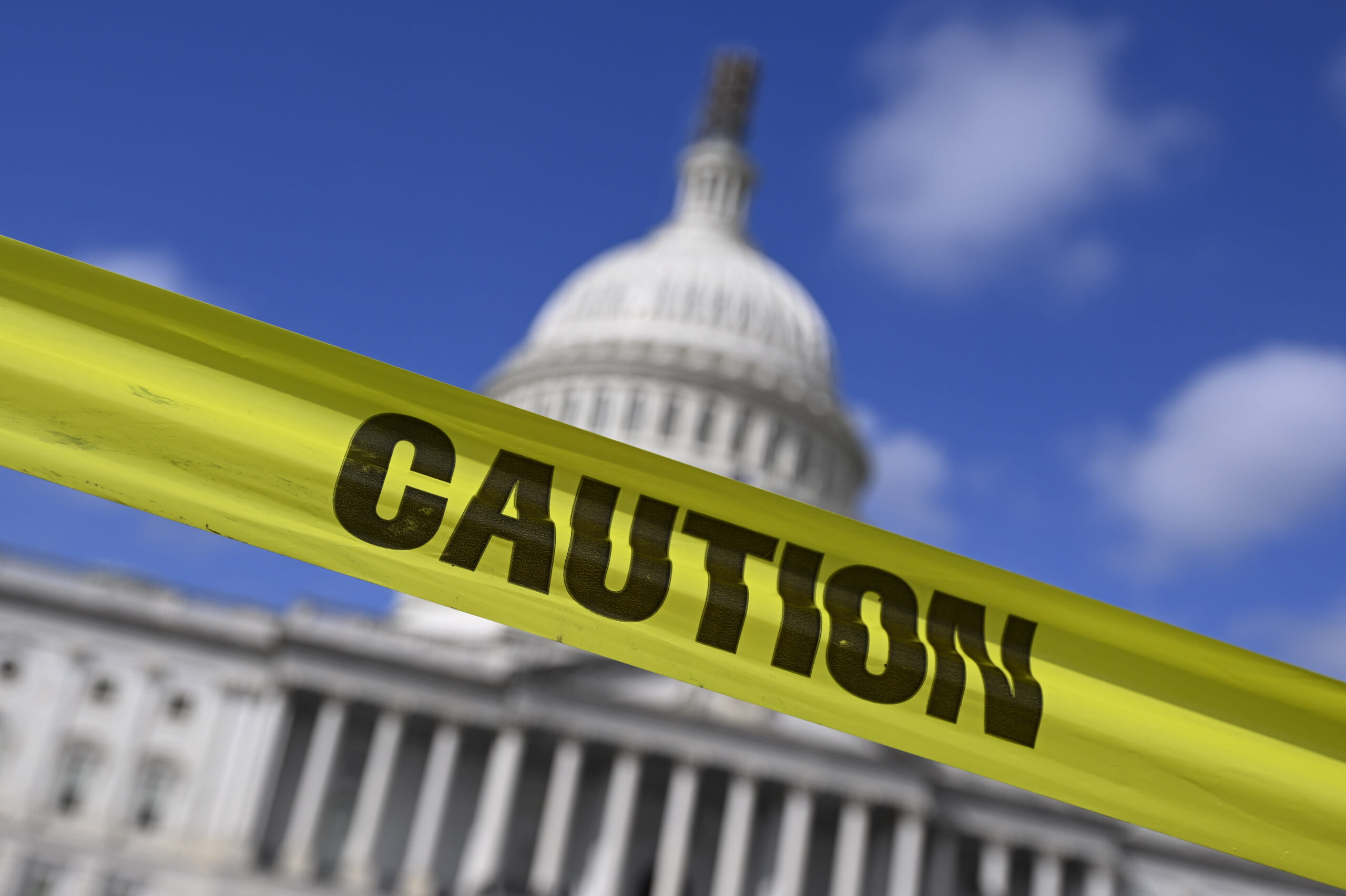NEW YORK: The Federal Reserve (Fed) will likely avoid signalling an imminent rate cut this week, staying focused on stubborn inflation while keeping one eye on a slowly rising jobless rate.
The Federal Open Market Committee (FOMC) is poised to keep rates in a range of 5.25% to 5.5% at its two-day policy meeting, a two-decade high first reached last July.
Fed officials are reluctant to lower borrowing costs until they’re certain inflation is closing in on 2%, the rate they see as appropriate for a healthy economy.
But a recent rise in the unemployment rate to a two-year high means they’ll need to balance their attention on both prices and the labour market.
Wall Street will be focused on Fed officials’ forecasts for interest rates – the so-called dot plot – that will show how much the committee expects to cut interest rates in 2024 and 2025.
Most economists surveyed by Bloomberg News expect policymakers to pencil in three cuts for 2024 with the first move in June, in line with markets’ current pricing, though more than a third expect two or fewer.
Minneapolis Fed president Neel Kashkari, for one, has said he was considering reducing his outlook for 2024 cuts from two to one.
“It would only take two participants to move their dots to move the median to 50 basis points of cuts for this year,” said Veronica Clark, an economist at Citigroup Inc.
“We are thinking the Fed is okay with where they are now. But it is definitely the risk. We think the dot plot will show the median FOMC participant still expects 75 basis points of rate cuts this year.
“Given Fed chairman Jerome Powell’s past sensitivity to signs of slowing activity, which is still the case in recent weeks despite hot inflation prints, he could surprise on the dovish side at the news conference,” said chief US economist Anna Wong.
Some economists, including those at Bloomberg Economics and JPMorgan Chase and Co, predict the FOMC may raise its outlook for the long-run federal funds rate, reflecting persistent price pressures or higher productivity.
The committee has estimated that rate at 2.5%, and any increase would imply rates will stay higher for longer in the future.
The committee is almost certain to retain its guidance on interest rates, which said no reduction in rates would be appropriate until it has more confidence that inflation is moving sustainably towards its 2% target.
The description of the labour market will be a key clue to how the committee is weighing job trends.
In January, the FOMC said unemployment was “low”.
With the February jobless rate at 3.9%, one option would be to reword that to “the unemployment rate has edged higher, but remains low,” according to Bank of America economists.
The committee is scheduled to hold a discussion on its US$7.5 trillion balance sheet, which it’s been shrinking by allowing some securities to mature without replacing them, a process known as quantitative tightening.
No decision on tapering the pace of tightening is expected at this meeting, but Powell might provide an update on the talks at the press conference.
A plurality of economists expect the Fed to announce a slower pace of tightening in June, with the actual tapering starting in June or July.
They expect the asset portfolio to shrink to US$6.7 trillion in December 2025.
Powell, in congressional testimony this month, said the central bank was “not far” from the level of confidence needed on inflation to start lowering rates.
That view was more encouraging than most of his colleagues, who have emphasised they’ll be patient in considering any rate cuts.
The latest reports on a key gauge of underlying inflation, the so-called core consumer price index (CPI), reinforced the case for caution.
“Does Powell have a more hawkish tone?” asked Stephen Stanley, chief US economist at Santander US Capital Markets LLC. “I found his ‘not far’ comment to be surprising and out of step with most other Fed officials.
“With another bad core CPI under his belt, maybe he sounds more like everyone else on the FOMC.” — Bloomberg

